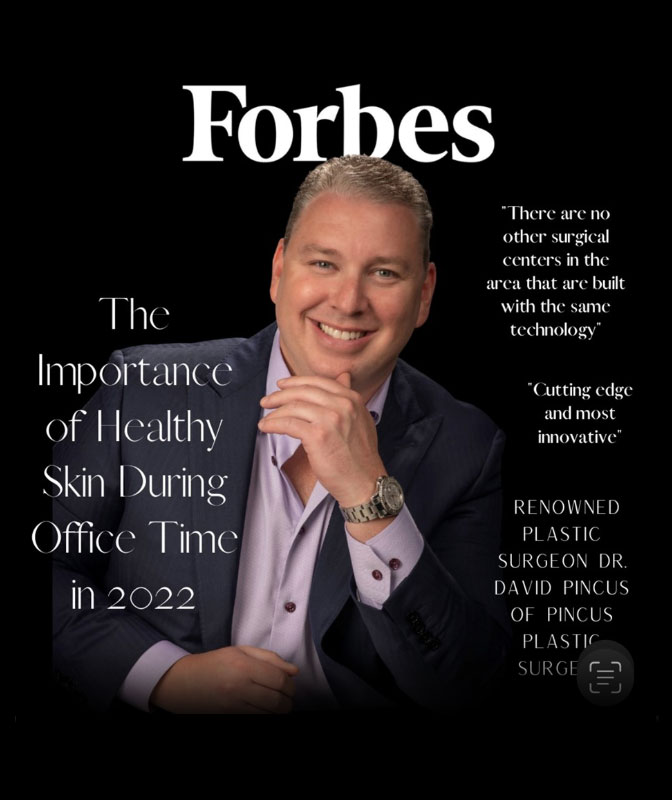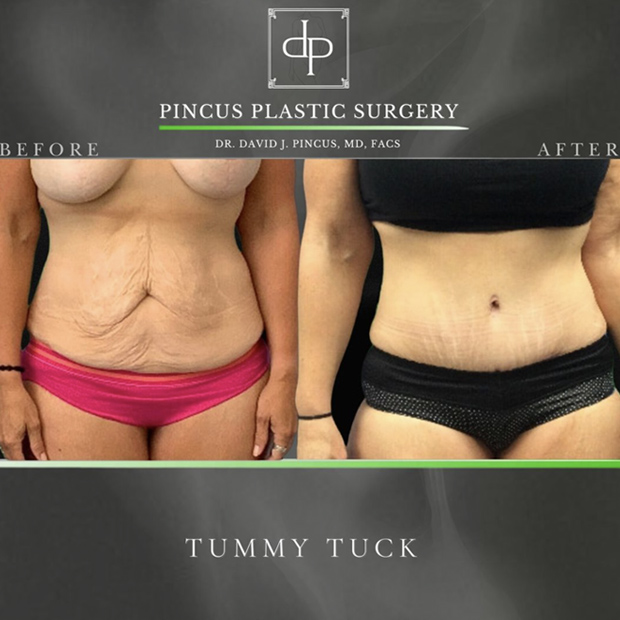Breast Revision
in Smithtown, NY

I can help my patients look on the outside how they feel on the inside.
Dr. David Pincus













What Is Breast Revision?
Many women interested in breast enhancement surgery understand that what they desire requires more than simply making the breasts bigger or smaller.
Breast shape, position, and symmetry are just as important as size, and sometimes, an initial breast surgery doesn’t manage to accomplish a breast contour with the appropriate finesse.
This is where breast revision shines. During a breast revision (secondary breast surgery), Dr. Pincus uses a combination of techniques to sculpt and fine-tune the breasts’ contour.
Breast revision can be performed after breast augmentation, breast reduction, breast lift surgery, or breast reconstruction.
Schedule your consultation with Dr. Pincus to find out if you’re a good candidate for a breast revision.

We Have a
5- Star Rating
on Google
We have hundreds of 5-star reviews that all say the same thing. Our patients are thrilled with their experience, their results, and our staff.

“LOOK NO FURTHER DR PINCUS AND HIS ARE ARE THE ABSOLUTE BEST BEST BEST!!!!!!! Not only is he the most skilled in the game, but he’s someone that listens and truly cares about his patients. His STAFF IS GOD SENT. All so nice and they treat you like family. I am SO HAPPY with my results I wish I could give 100 stars. Thank you Dr.Pincus, April and Theresa. Truly love you guys!” — CC
My experience with Dr.Pincus and staff was amazing. Dr. Pincus is wonderful he made me feel completely comfortable and assisted me in the right direction in the size of my implants so I didn’t need to do a lift. Apparently my surgery ended up being a little more then we thought and I needed extra work and he did an amazing job correcting my breast that was out of place. The staff and nurses are so friendly and make you feel at home here. I couldn’t have asked for a better place to do my implant replacement. I highly recommend Dr. Pincus! — JS
I had gastric bypass surgery 18 years ago and this was the icing on the cake. I told Dr. Pincus I would not wear a bikini I jand that I just wanted to feel better in my clothes. My tummy tuck results were better than I imagined! I just ordered crop top tank tops and cannot wait to wear them! Dr Pincus and his staff are the best! — C.T.
Dr. Pincus and staff are absolutely amazing. I waited a very long time for a Mommy Makeover. Having a rare anesthesia issue Dr.Pincus and his team made sure that I was going to be 100% safe during surgery. After my first consultation I knew I was going to be in good hands. Speaking of hands, his hands are pure gold. I am beyond amazed with the results and I am only three weeks post op. I was extremely specific with certain details regarding my surgery. All I can say is Dr. Pincus understood the assignment!!! I will be forever grateful to all for giving me my confidence back!! Five stars is not nearly enough! — D.Z.

Interested in Breast Revision in Smithtown, NY?
At Pincus Plastic Surgery, we have helped many patients achieve a renewed self-image through breast revision surgery. Contact us today at 631-352-3556 or fill our online form to schedule a consultation.























